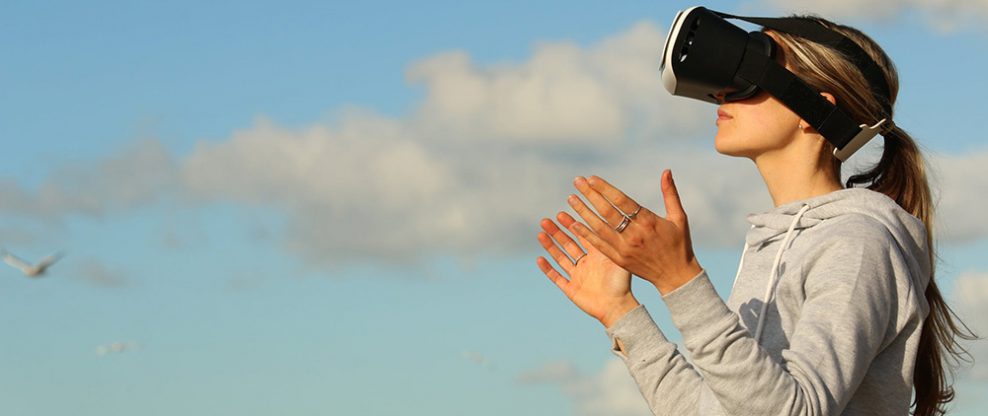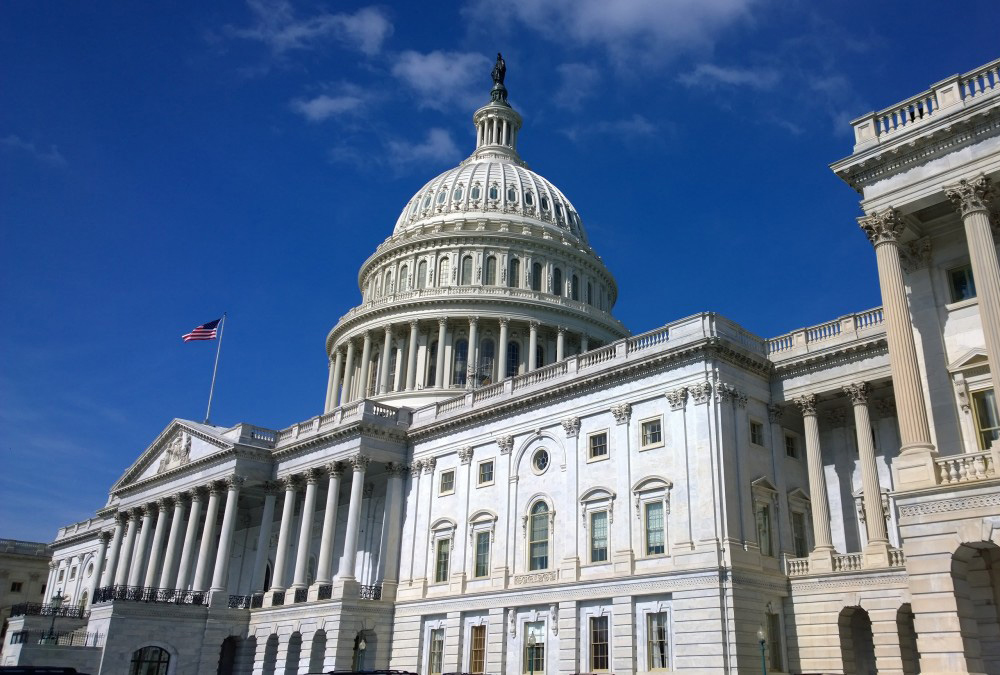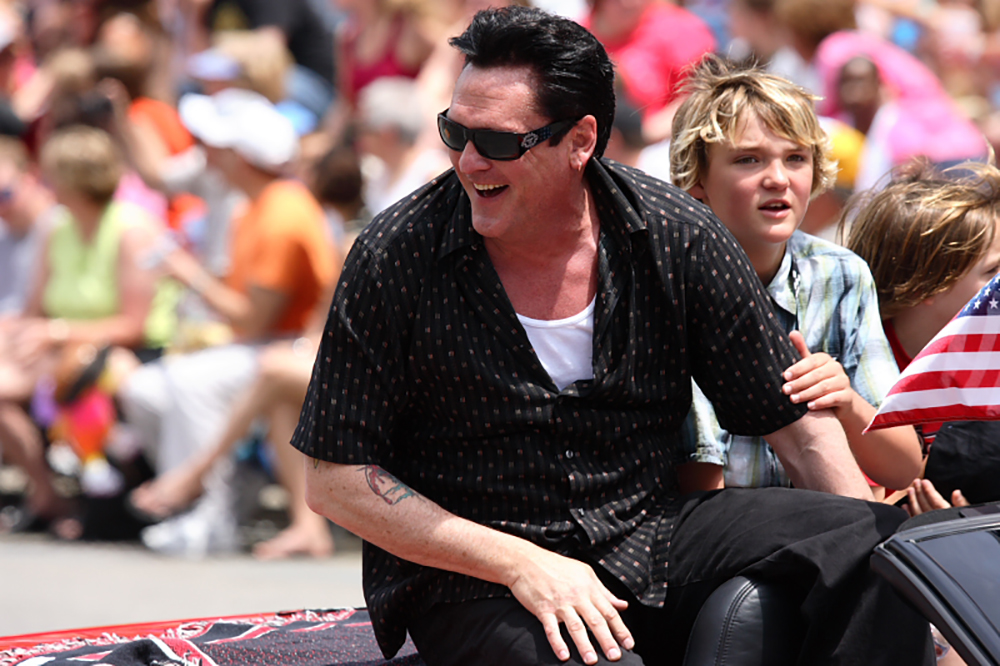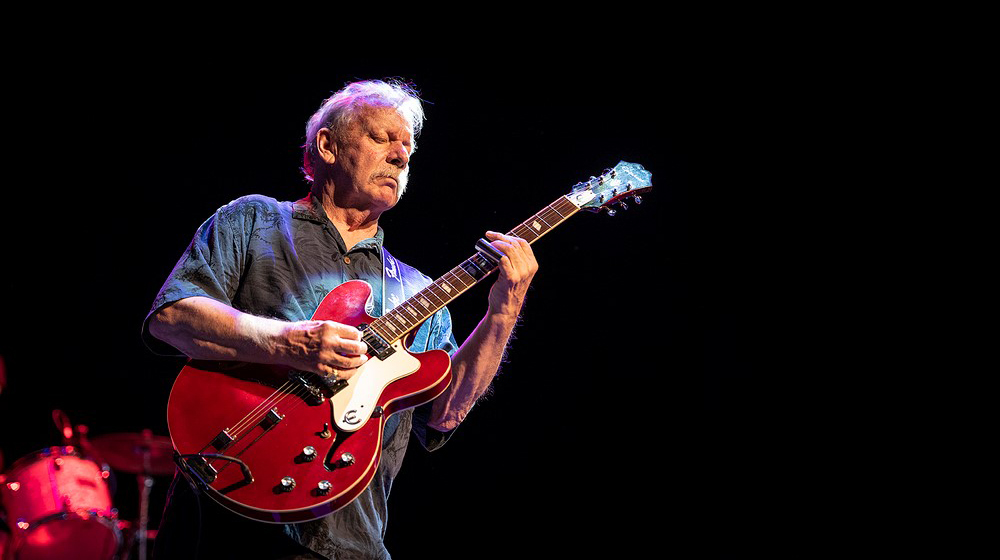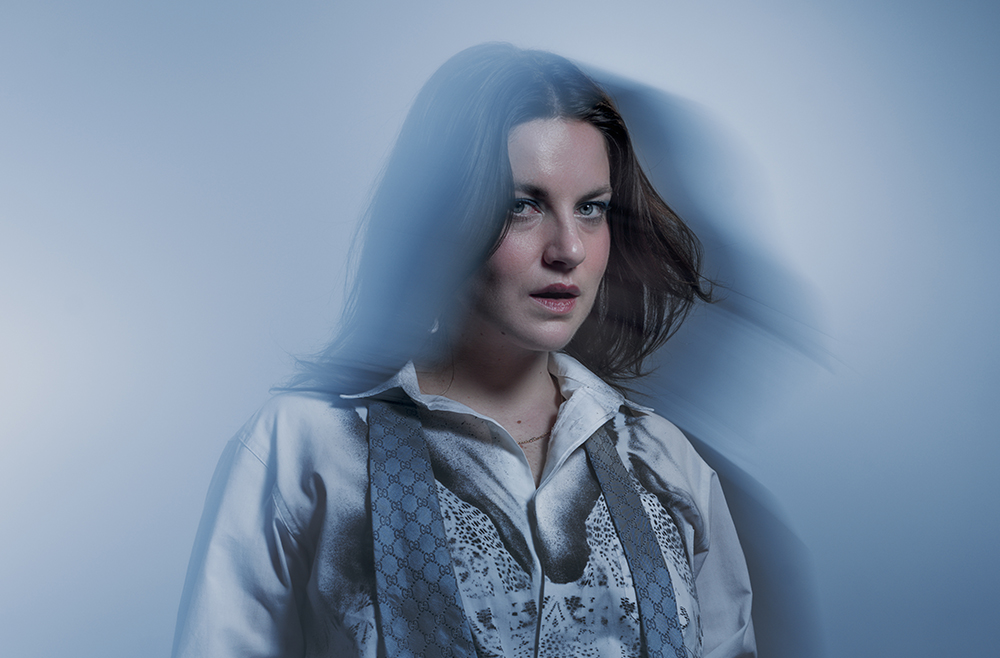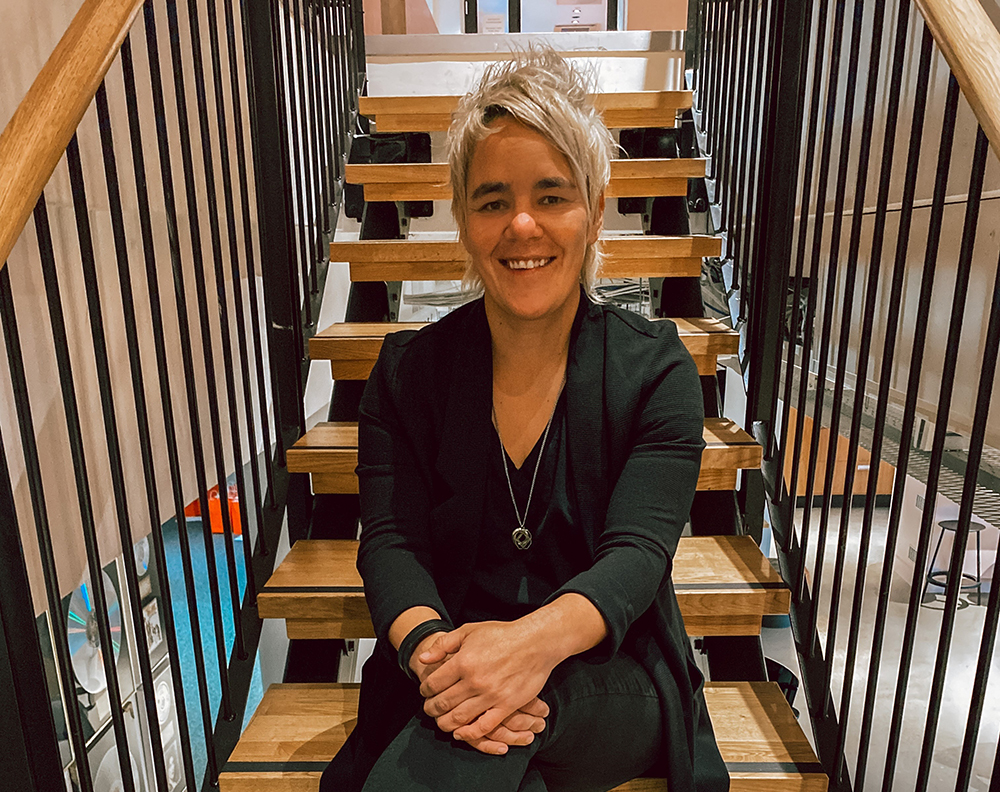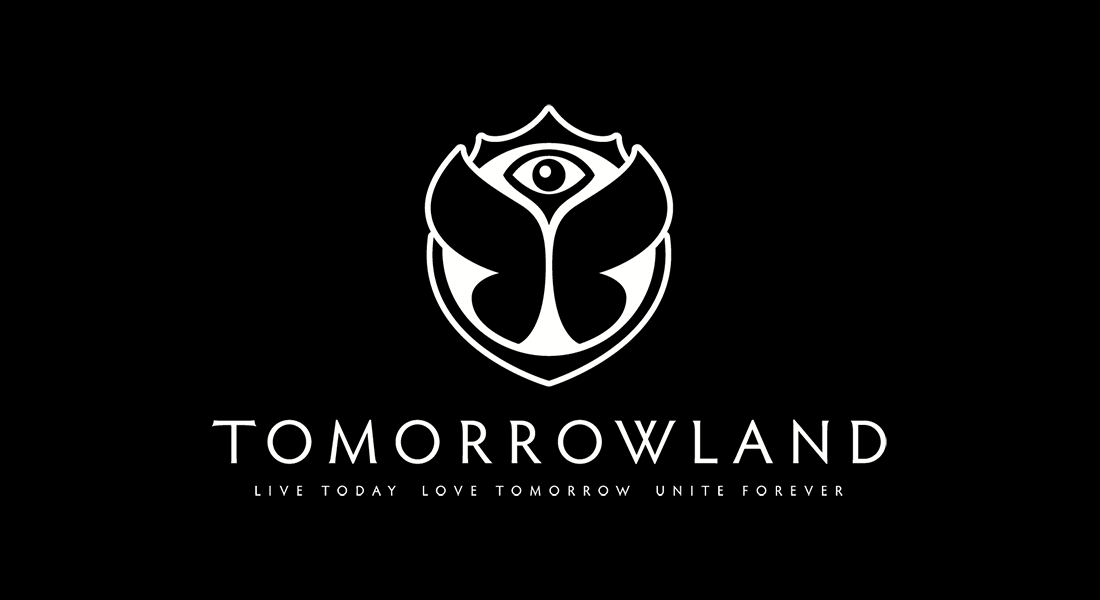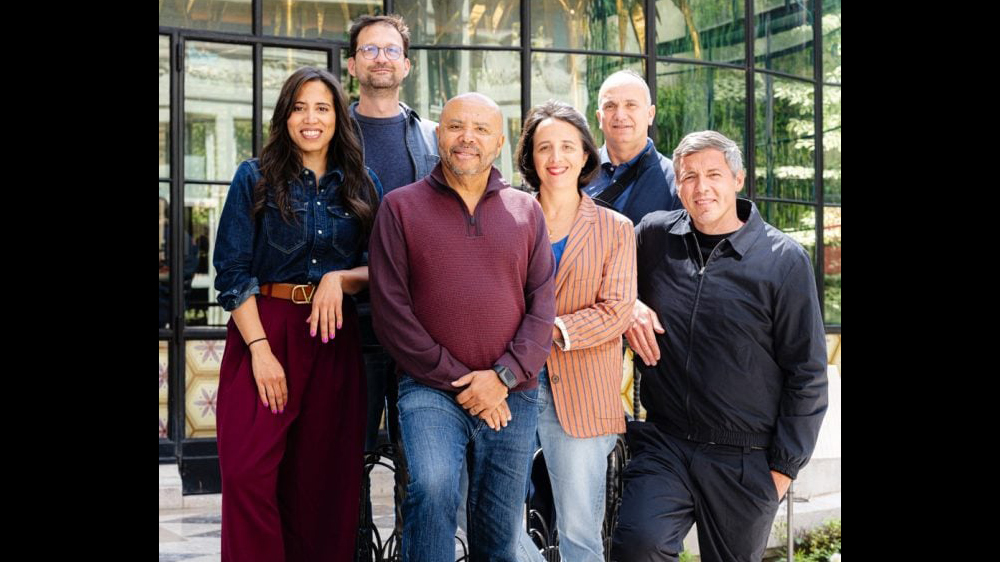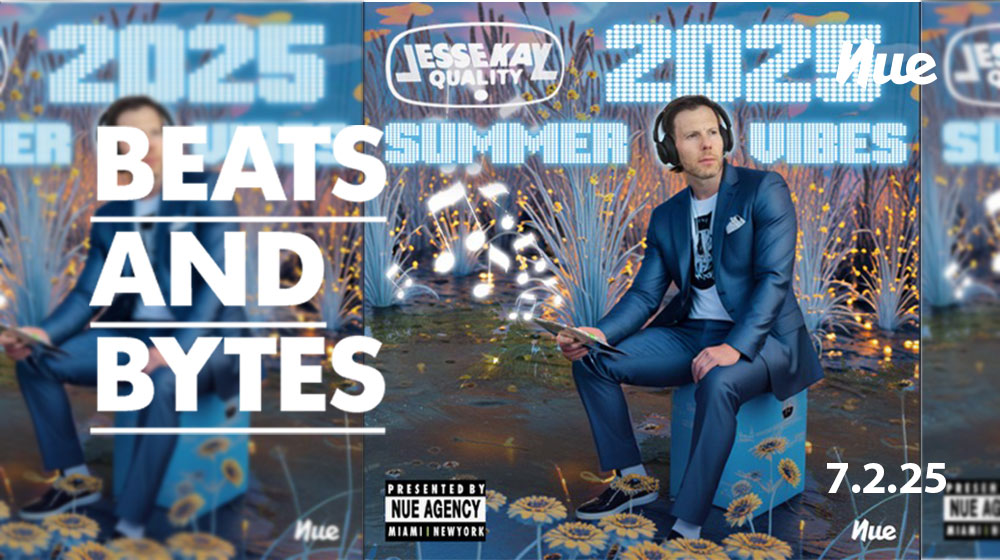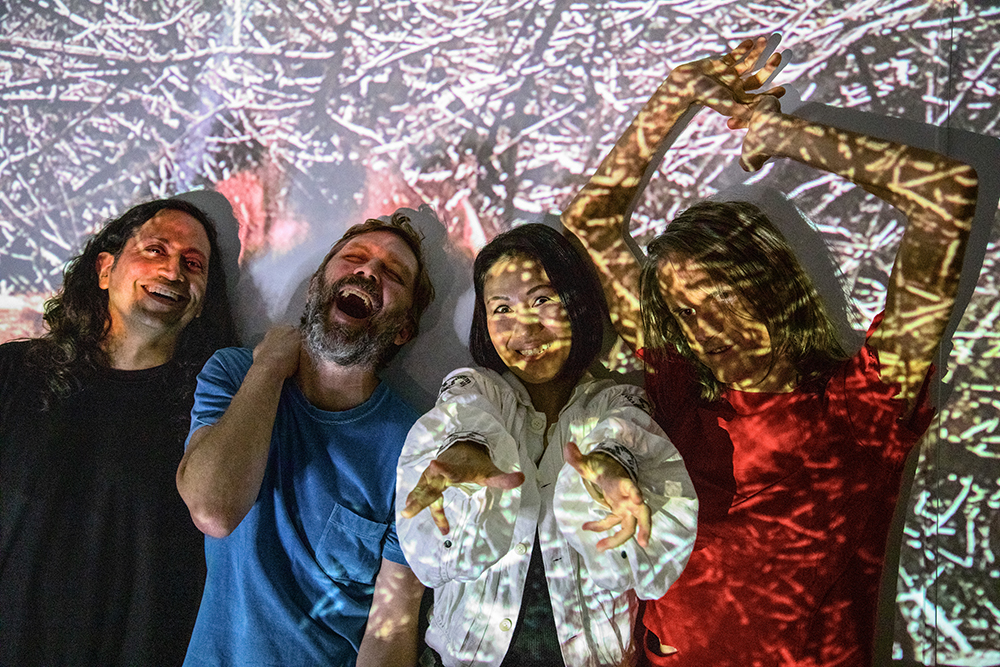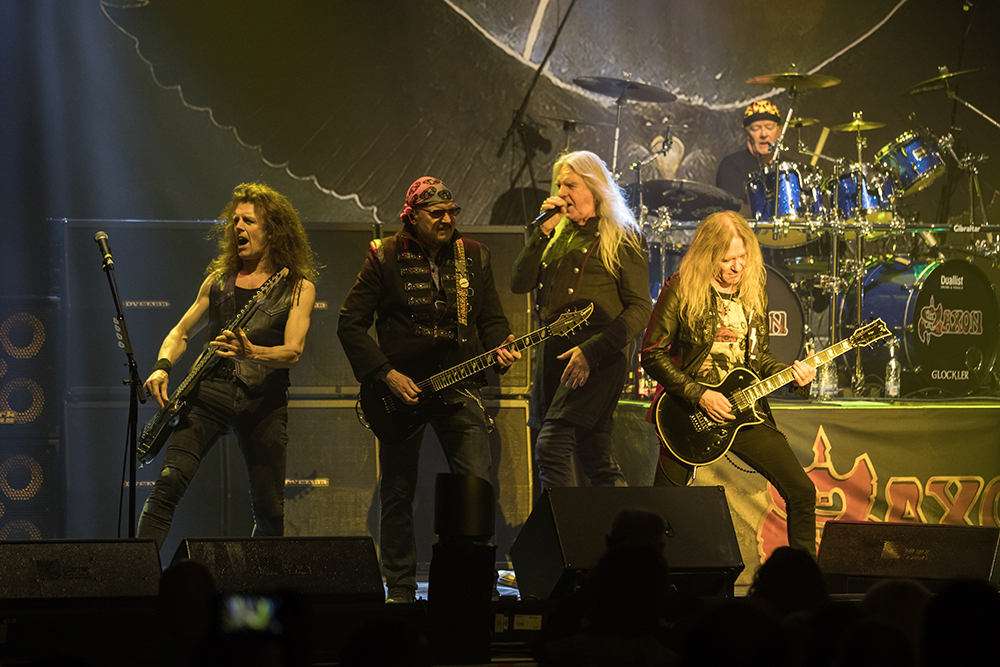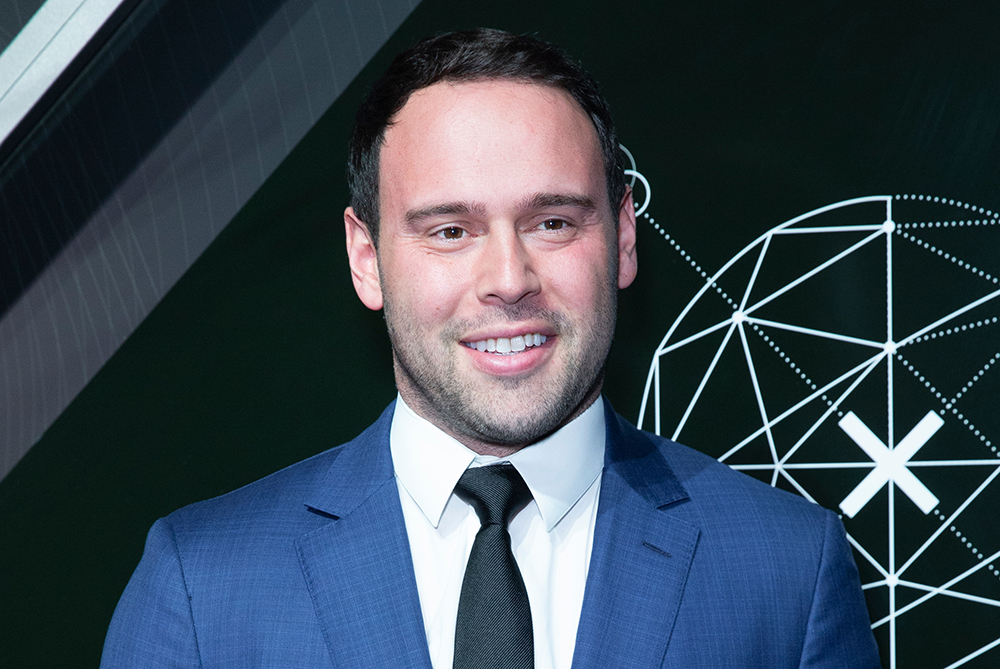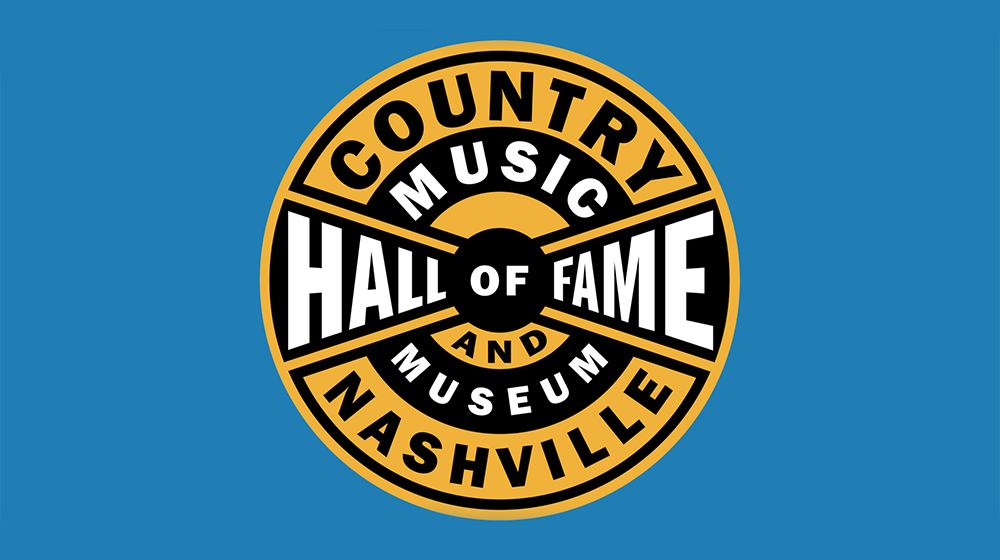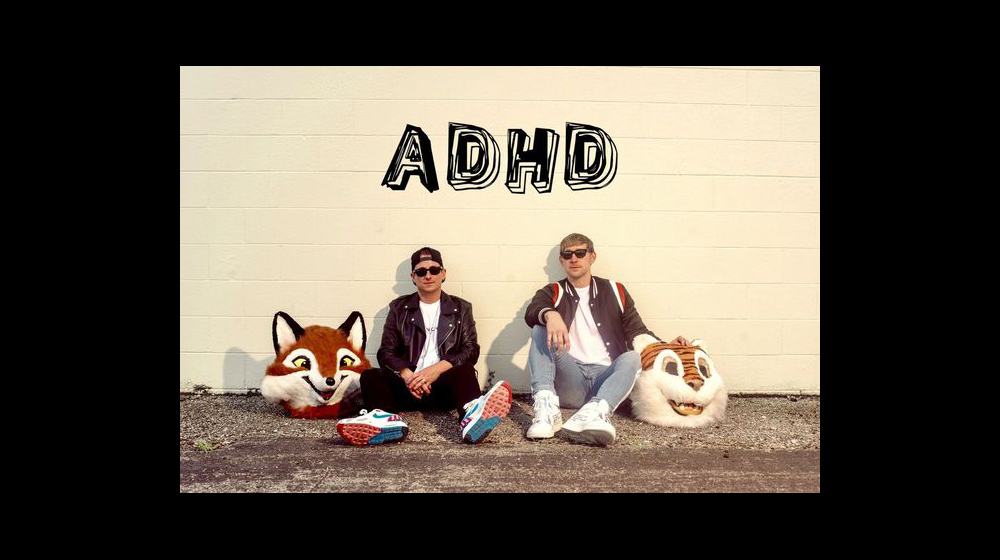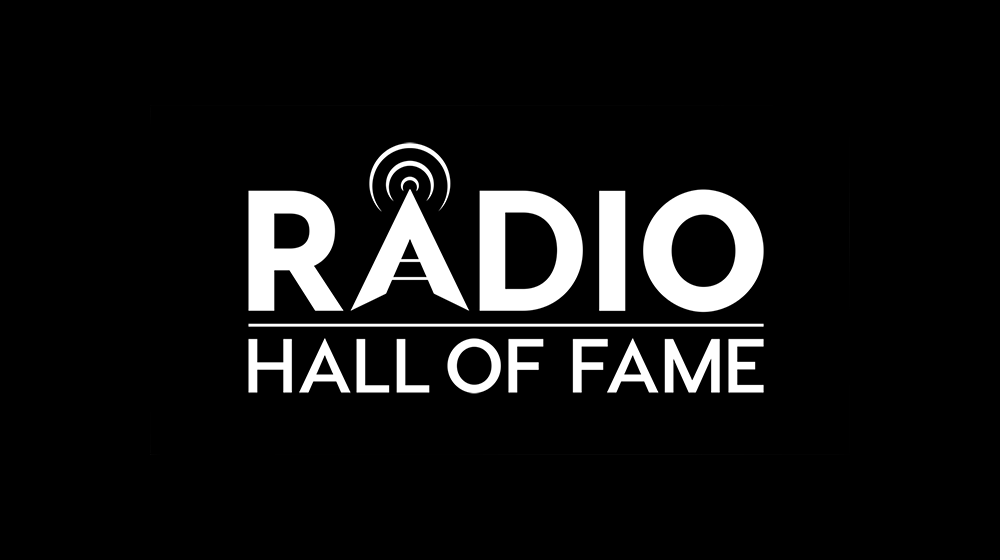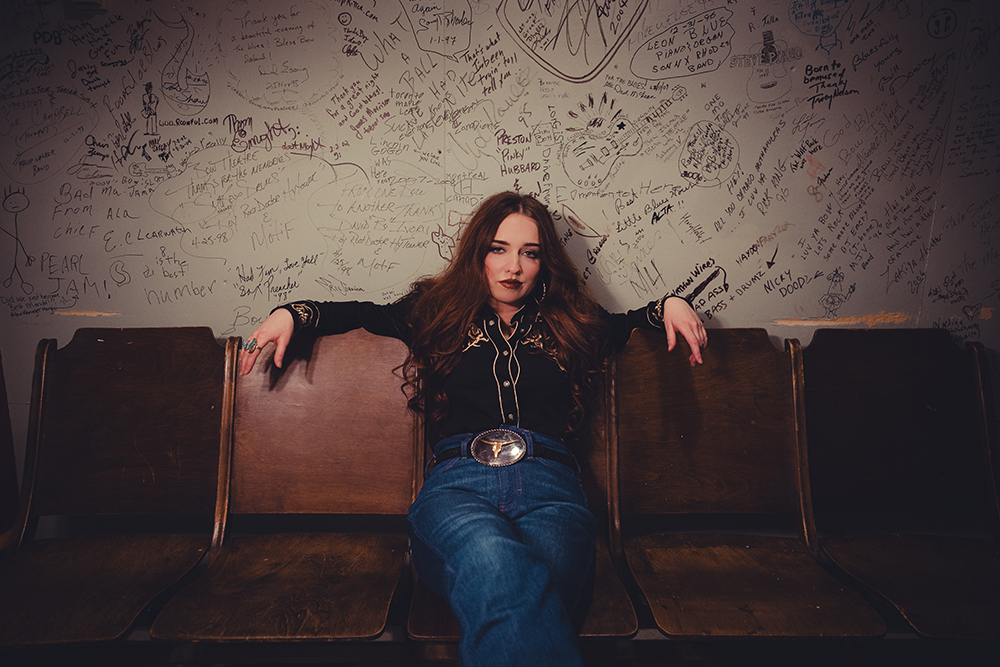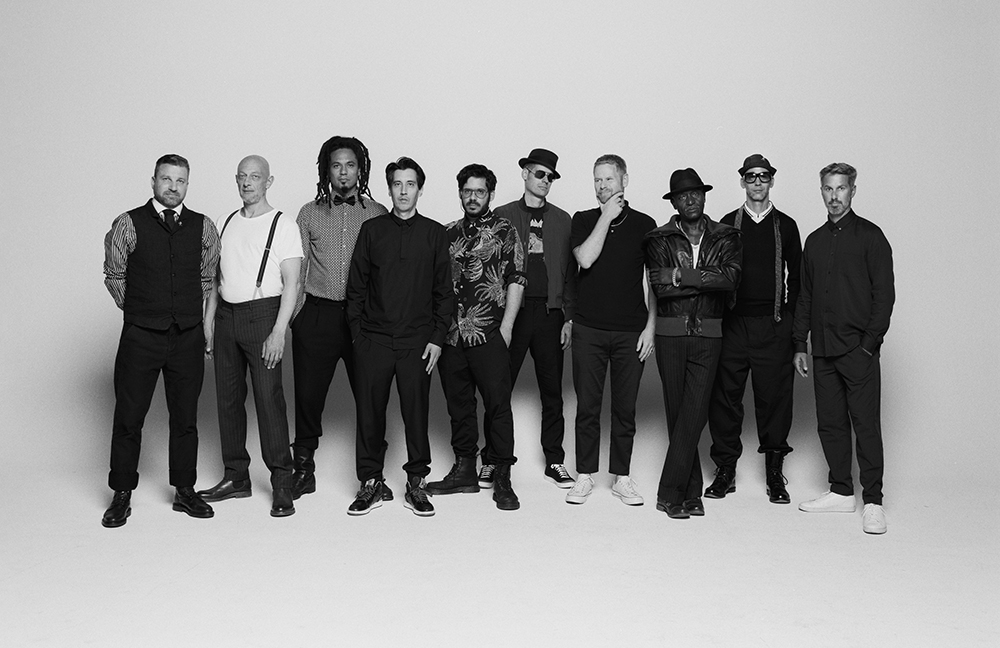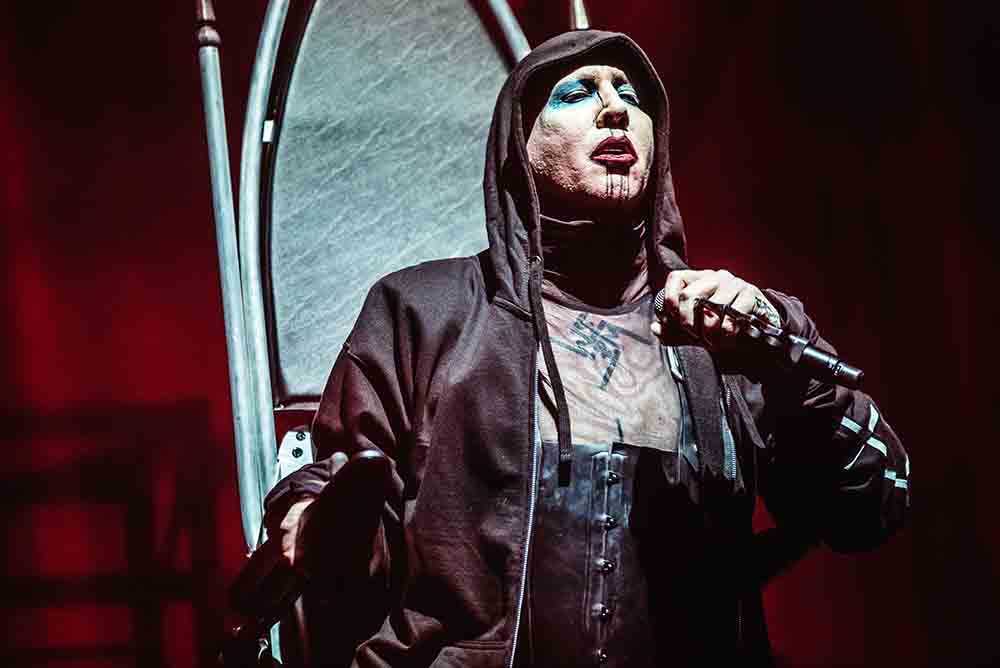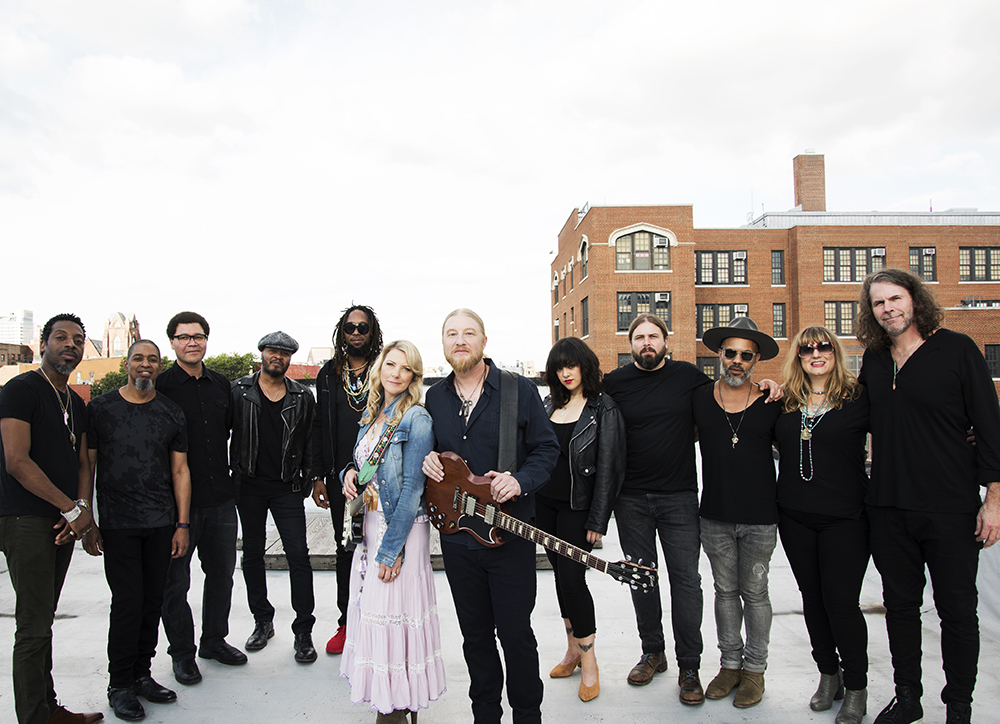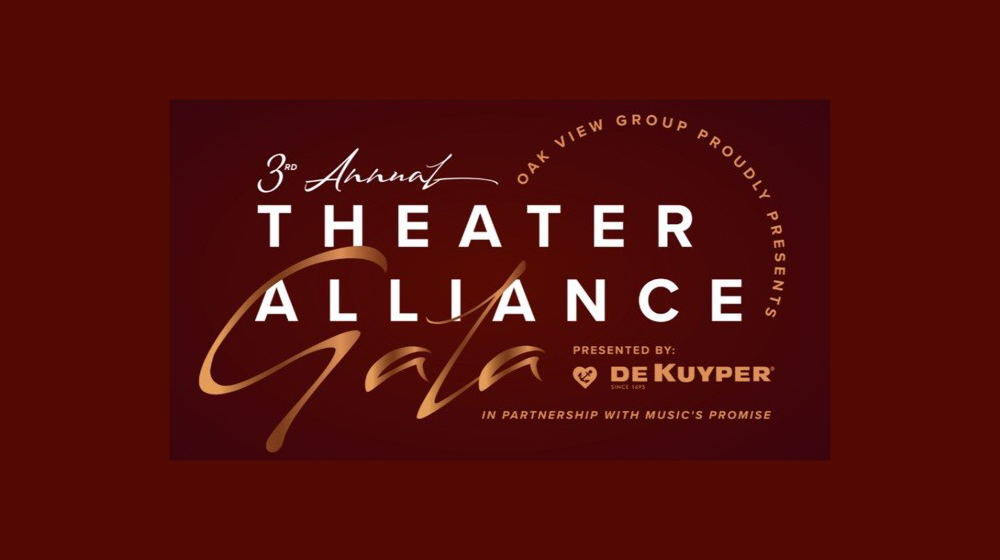(Hypebot) — By this point, it’s become clear that the live music industry won’t be returning to normal for quite some time. As audiences across the globe continue to clamor for some safe form of live entertainment, could VR possibly be the answer?
Guest post by Sophie Banda
Ticket sales for live music make up half of the music industry’s revenue, so it is difficult to overstate just how devastating the widespread cancellation of live performances caused by the pandemic has been. Even with progress being made to limit the spread of the virus, the live music scene will not be returning to normal for quite some time. In fact, the different efforts that governments have made to reduce the risk of Covid 19 to concert goers are only unified in underlining just how difficult it is to enjoy a traditional live music experience safely.
Take for example the recent return of live acts in the UK, which is slowly allowing live performances to go-ahead as long as they abide by strict rules. On July 25th Miles Kane kicked off Camden Unlocked with a live performance to a crowd of 50 people, all of whom had to stand in socially distanced sections marked out on the floor, while wearing compulsory face masks. Not exactly the triumphant return of live music for which we were all hoping.
Then there was Frank Turner’s live show a few days later. A performance that was staged to gather data on whether social distanced shows could be financially viable. Even with Turner waiving his performance fee, the venue actually lost money because of overhead costs and as a result of having to operate at 20 percent capacity. Worse still was the almost unilateral negative feedback from his audience, marking the first safe socially distant gig as a failure both financially, and experientially.
Even with many countries throwing musicians and venues a financial lifeline in the form of emergency funding, musicians, venues, record labels and audiences are all looking for a way to experience live music again, or at least the closest thing to it. With reality proving disappointing, virtual reality has now been elevated to a position where audiences can be brought much closer to the real thing.
While the concept has been played with in the past, it was almost always as a curiosity rather than a viable alternative to true live performances. There were many reasons for this. The technology was expensive and only had a niche appeal outside of the video games industry, the concerts that were available were not plentiful enough or high quality enough to justify the expense for any but the most hardcore music tech fans, and the technology itself wasn’t quite there, even a few years ago.
But now? Since more affordable VR hardware launched a few years ago, content providers have been clamouring for new ways to delight the eyes and ears of a much broader potential audience. Understandably, content providers have turned to the larger-than-life on-stage spectacle of live concerts to fill this niche.
Virtual concerts feature heavily in the recent global launch of the XRSPACE MANOVA Headset, as a way to showcase exactly how far the technology has come. In Taiwan on July 24th, 15 selected fans of Taiwanese singer and songwriter, Bii, physically attended a “live” concert using XRSPACE’s standalone VR headsets, with additional hundreds of virtual attendees watching through their own VR headset remotely. Again on Aug 28th, another virtual concert with Taiwanese singers Julia Wu, Kimberley Chen and CHING G SQUAD performed and live-streamed to even more audiences through the 5G network provided by Chunghwa Telecom and to XRSPACE MANOVA Headset. Compared to the somewhat disappointed return to live gigs seen elsewhere around the world, these VR concerts proved to be hugely successful, turning what from the outside might look like a solitary experience to a shared experience during a time where such things are a rarity in most of the world.
Apart from the advantages of not being stuck behind tall people and it being much easier to make your way to the bathroom than with real live concerts – VR has the ability to deepen the fans’ relationship with the artist by giving them the experience of live performances when they can’t physically be there in person. Fans at VR concerts not only have the best seat in the house, virtual props and interactions with other fans and performers generate the next best experience to physical concerts. VR done well is truly a new medium that is now able sit alongside film, TV, books and even live events. It is a distinct experience that happens to be as close to real life events as we can get right now. When people have been stuck inside forgoing social interaction for weeks or months on end it is very good at convincing the mind that it has been somewhere else.
The technology may have been overhyped for years (or more accurately, decades) but, with advancements in graphical quality, more intuitive control schemes and the utility that stand-alone headsets offer, we are finally at a point where mass adoption is possible. And concerts are just the tip of the iceberg for live VR. Pro basketball in the USA is already broadcasting one game a week in VR, with other sports set to follow suit.
The technology, the content and the audience are all there, with the pandemic acting as a catalyst for greater adoption – which leads to more content becoming available, which leads to even great adoption. Even if VR concerts don’t go on to permanently replace live events, their ability to offer a unique experience to music lovers who can’t be physically present at concerts should mark them out as an important part of the future of the music industry. Both as a potential revenue stream for record labels and artists, and as something unique and existing for music fans themselves.

